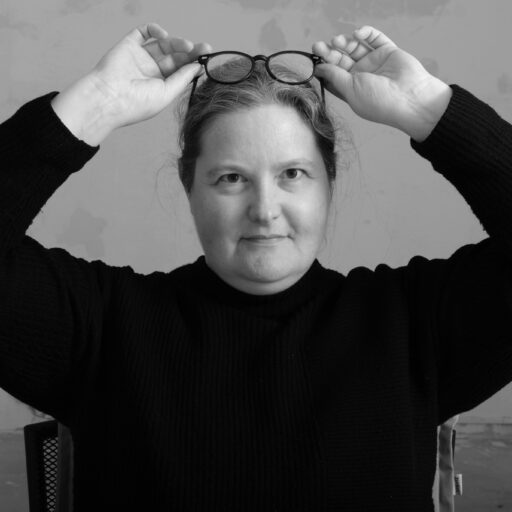Rass, R. (2011) ‘Introduction to Perspectives on the Self: conversations on identity and consciousness’, Annals of the New York Academy of Sciences, 1234, pp. 1–4. Available at: https://doi.org/10.1111/j.1749-6632.2011.06204.x.
“the perdurable question, Who am I? appears to point to a deeply rooted metaphysical and moral urge within the human species. Notions and constructs of a self certainly constitute an integral part of the human condition. The experience of selfhood or the feeling of “being someone”—not to mention the desire to become someone or the common injunction to be true to what one is—seems so fundamental that it has somewhat obscured the more abstract question, What is the Self?”
“the word self refers to a host of intersecting ideas, questions, concerns, and problems that are central to the human condition.”
“From this broader perspective, the self appears first as an umbrella term involving multidisciplinary approaches that generate a range of questions and problems, including consciousness (the question of the phenomenal self), agency (the self and moral agency), and individuality (the self as personal identity). Moreover, the self also appears as a relational concept, inseparable from embodied perception and agency, and the wider context that engages the environment and other selves. Finally, when considered in light of its most concrete implications, the self is a performative concept that brings its ethical dimensions to the fore.”
“at least three primary facets or aspects of the self seem to repeatedly emerge, each of which is engaged with the others in a dynamic and symbiotic relationship: first, the physical, biological, and embodied self; second, the social, cultural, and relational self that interacts with and is shaped by its environment; and third, the reflective or spiritual self, as William James called it, which is intimate to each of us and expresses itself through an ongoing inner dialogue within us.”
Scheithauer, A. (2023) ‘Unveiling Hidden Truths Within: Self-Reflection Through Art’, Medium, 11 July. Available at: https://medium.com/@aligned.art/unveiling-hidden-truths-within-self-reflection-through-art-cdef585a2142 (Accessed: 21 July 2024).
“Through the act of self-reflection, we confront our fears, desires, and vulnerabilities, embracing our true selves without judgment.”
“When we engage with a painting or sculpture, we connect with the artist’s intentions, but we also open a door to our own unique experiences. Just as we gaze upon a canvas, the canvas gazes back at us, revealing the depths of our being.”
“Through the act of self-reflection, we confront our fears, desires, and vulnerabilities, embracing our true selves without judgment.”
Mohammadmiri, M. and Nabavi, S. (2018) ‘Place in Photography: How photographers encounter place’, European Journal of Media, Art & Photography, 6(2), pp. 110–117. Available at: https://ejmap.sk/place-in-photography-how-photographers-encounter-place/ (Accessed: 22 July 2024).
“‘place’ is a phenomenon that allows photographers to investigate the concepts of identity and attachment, cultural narratives and traditions, environmental challenges, as well as extremes of social realities.”
“A place is a specific geographical position that secures its meaning from human values and interactions.“ p111
„it is the integration of relationships and interactions“ p111
“places receive meaning by events and occurrences and their implications are combined with the goals, values and tendencies of human beings“
p111-112
(see alsodefinition of space and mention of „placelessness“ and „non place“ on the same page)
Pallasma, J. (2005) The Eyes of the Skin: architecture and the senses. Chichester: John Wiley & Sons Ltd.
„I experience myself in the city, amd the city exists through my embodied experience. The city and my body supplement and define each other. I dwell in the city and the city dwells in me“. P40
“The world and the self inform and redefine each other constantly“
Citing someone else on p41: source 80 ( https://yalebooks.yale.edu/book/9780300021424/body-memory-and-architecture/ p107)
“to a certain extent, every place can be remembered, partly because it is unique, but partly because it has affected our bodies and generated enough associations to hold it in our personal worlds“
Bell, D. (2018) ‘Project: Photography, Memory and Place Exercise 3 – 6: The Memory of Photography’, 26 July. Available at: https://dougsocalandscapeblog.wordpress.com/2018/07/26/project-photography-memory-and-place-exercise-3-6-the-memory-of-photography/ (Accessed: 22 July 2024).
See Peter Kane‘s way of including old photos mentioned here. Something to try out.
3 of his photos here: https://www.source.ie/learning/approaches/is43kanpet01.xml

Leave a Reply